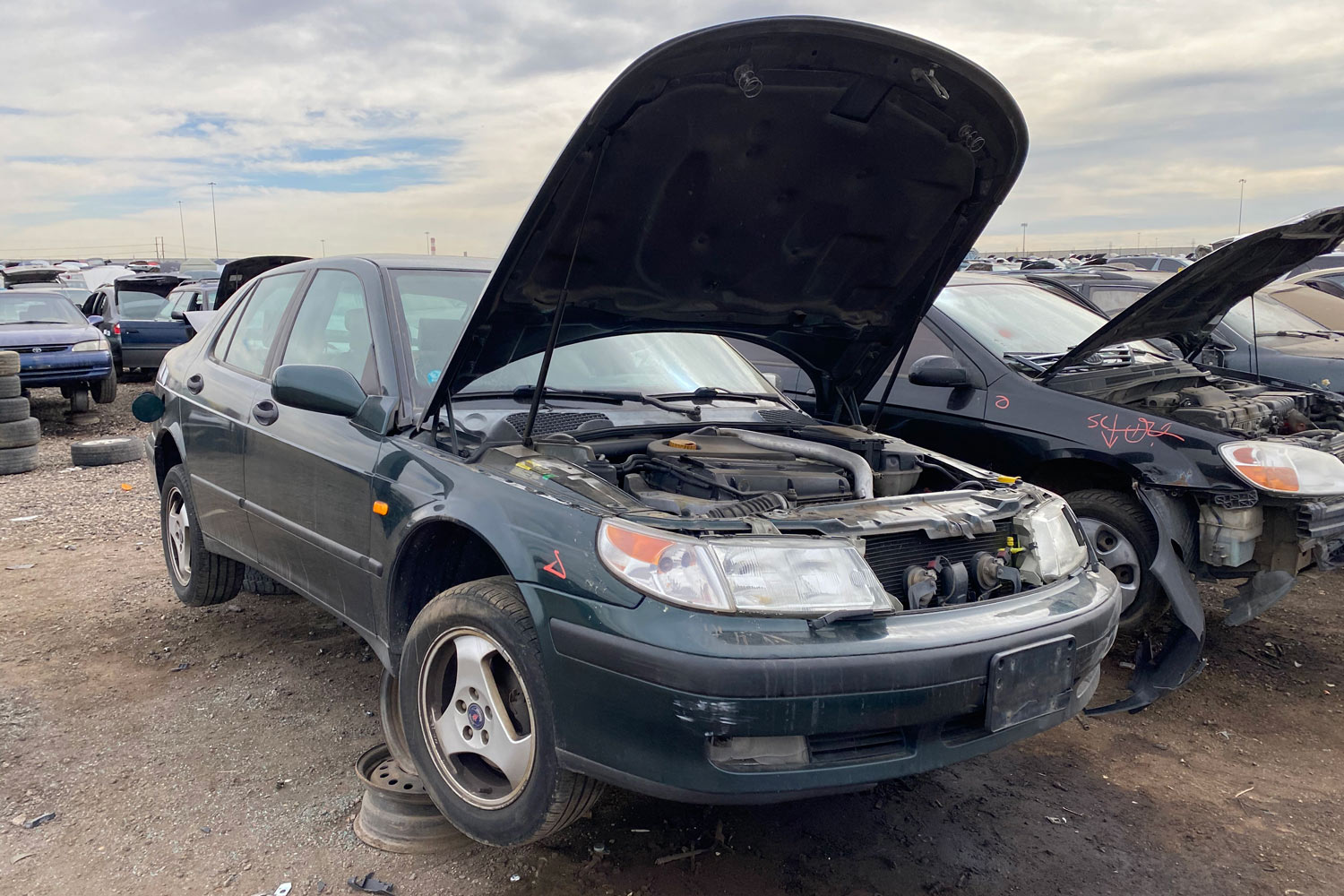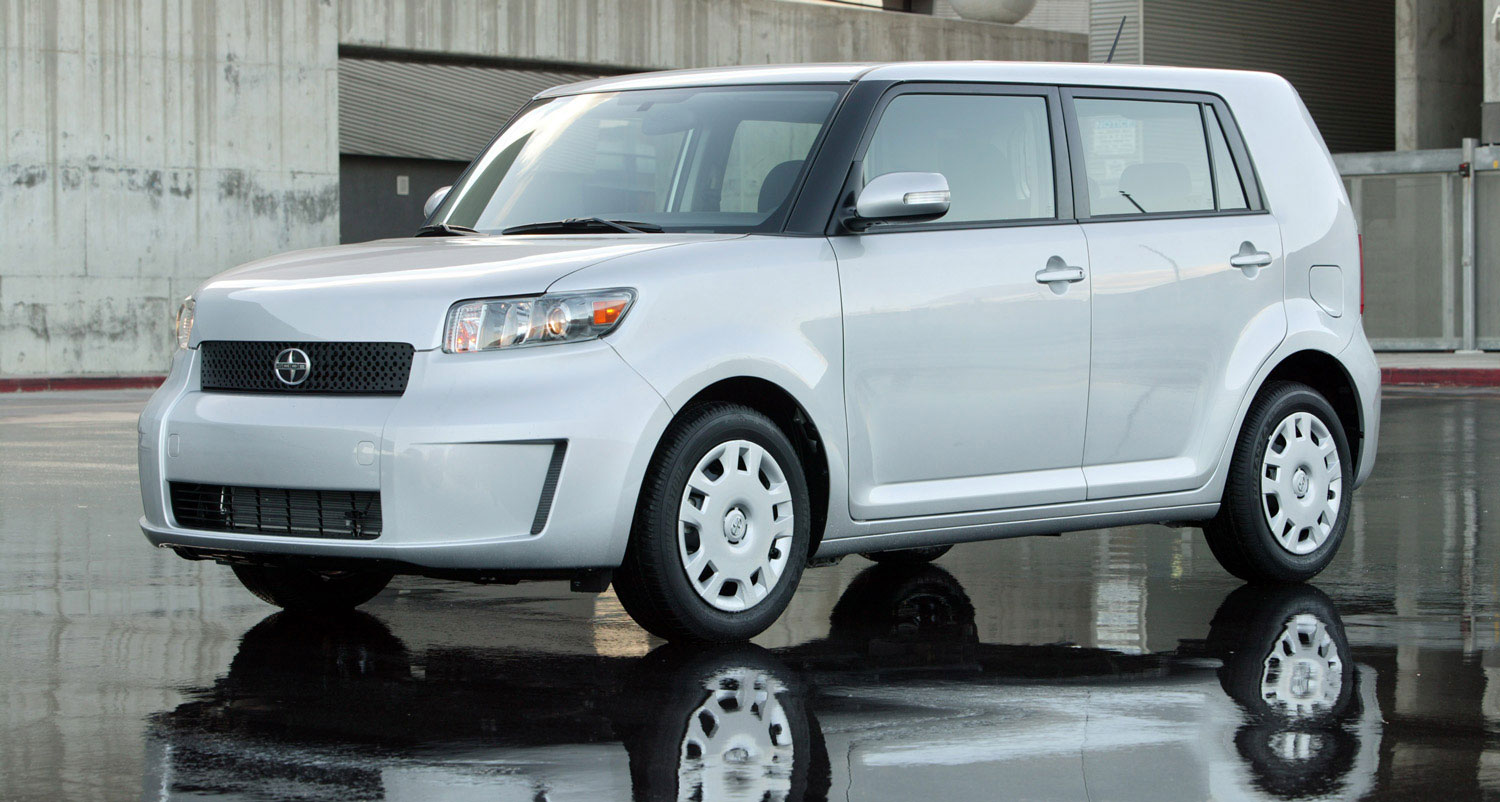Fix Your Car Cheaply With Junkyard Parts
Auto graveyards are a treasure trove for DIY mechanics.

Article QuickTakes:
You walk out to your late-ish-model vehicle— say, a 2012 Chevrolet Impala— and notice that one of the outside mirrors has been knocked off. You're reasonably handy, you have tools, and you're able to tackle the problem yourself. The question is: Where do I get parts? You can get just about anything you'd need from the dealership's parts department, or you might order them from online retailers, but there's another option that will save you money while preventing waste: used parts from your local junkyard. I've been shopping at junkyards around the country for more than 40 years, and along the way I've documented nearly 3,000 historically significant junked vehicles for automotive publications, so this is a subject near to my heart.
Also known as the wrecker's yard, knacker's yard, salvage yard, boneyard, el jonque, and countless local terms, a business stocking retired vehicles with parts for sale can be found in every state and province of North America. You'll find two basic types of these car graveyards: the dismantler and the self-service junkyard.
The Dismantler
This is the old-school sort of junkyard dating back to the earliest days of the automobile. It will have some kind of office fronting a lot full of vehicles where you tell the person working the counter what you're seeking. The employees will have a library of interchange manuals, plus decades of hard-earned knowledge about which parts can be made to fit which vehicles. For instance, they'll know that the mirrors from some '09 Impalas will fit your '12 Impala, and they might also know that plenty of Buick LaCrosse and Pontiac Grand Prix bits from the same era might bolt right on. The employees go to the yard, extract the parts, and sell them to you.
There are as many varieties of these yards as there are pizza parlors, from little, one-man operations to regimented corporate outfits. Some specialize in exclusively one make, model, or type of vehicle in stock. Some prefer to sell to repair shops only, while others are happy to get walk-in customers. Prices can vary wildly. Your best approach with the dismantler is to call ahead, tell them what you want, and figure out your strategy from there.
The Self-Service Yard
You'll find at least a few of this type of junkyard around most urban areas in the United States. Some big chains dominate the industry, including
 Andrew Ganz
Andrew Ganz
How Do Self-Service Yards Work?
To pull parts at a self-service yard, you simply show up with your own tools, head into the yard, and remove your own parts. Typically, you'll sign a liability waiver and pay a small admission fee to get in.
The majority of these yards put fresh vehicles in the inventory every day. The most efficient ones remove picked-over vehicles after just a few months. Most vehicles will be in the 10-to-25-year-old range, but older and younger machinery shows up frequently. Many yards provide
How Do They Charge for Junkyard Parts?
Most of these businesses have simple pricing by part category, with a list (generally
You might find that some vehicles are considered “premium," with their parts priced higher than ordinary ones, but in most cases, you'll pay the same for the speedometer yanked from a Mercedes-Benz S-Class as you would for one pulled from a Suzuki Aerio.
Prices for tires and wheels can vary substantially based on condition, so be sure to check the details at the counter before you put in the hard work of busting loose all those lugs.
Because definitions for some parts might not be cut-and-dried— a radio speaker in an enclosure with an amplifier might be considered just one component or three, for example— you may encounter some pricing subjectivity once you get to the cashier.
Sometimes these yards will have sales, which can be as boring as a 20% discount on all truck tailgates or as awe-inspiring as
 Andrew Ganz
Andrew Ganz
What Should I Bring?
Tools: Some kind of toolbox or bag that isn't too difficult to lug around a debris-strewn yard, packed with everything you think you'll need to remove the desired parts. I use a
Safety Gear: You'll be clambering over trip hazards while surrounded by sharp objects, hazardous chemicals, and maybe venomous snakes, so dress appropriately with sturdy clothing and tough footwear. Having a simple first-aid kit on hand is a good idea, and you should bring drinking water in warm weather.
Knowledge: A self-service yard might have parts-application advice to give you (no harm in asking), but your best move is to do the research online beforehand so that you know what years, makes and models will have the parts you need.
What Is Proper Junkyard Etiquette?
Be pleasant with the employees, not least because they're the people who will be making pricing-related judgment calls about the definitions and conditions of your parts.
Do your best to avoid tearing up vehicles to extract the stuff you want. It might save a few seconds to obliterate a dashboard to get to a cupholder, but it's bad form to destroy parts that others might want to buy.



